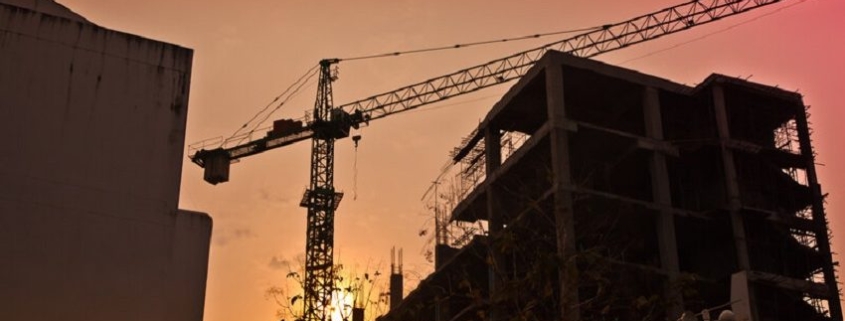The Risks For New Investors In Healthcare
There’s a lot to like about the healthcare sector right now.
While other commercial sectors struggled during the recession, healthcare persevered. And, with 10,000 people turning 65 each day and then living longer, demand should remain strong for the sector.
“The overall demand for health care is incredibly high and growing,” David Lari, partner at Cox, Castle & Nicholson LLP tells GlobeSt.com. “Trips to the doctor for healthcare services are high and very likely to continue to increase. The medical sector—doctors, physician groups and hospitals—tend to be pretty good tenants, especially if you compare it to retail, for instance, where a lot of tenants have gone out of business.”
Investors from around the globe see these positive demographic trends. For instance, Lari says Asian investors, in particular, have been targeting American healthcare properties because their populations are also aging.
“By all accounts they understand how senior facilities work, from their experiences in their home country,” Lari says. “We’re also seeing Middle Eastern money coming into various health care facilities as they understand it more and see it as a way to diversify their portfolios. We’re also seeing a lot of large institutional private equity groups and pension fund groups get into the space where maybe they weren’t before.”
While the traditional players—healthcare REITs and institutional players—have the industry knowledge and know the major players and key issues, these newcomers often have to get up to speed. Just because the demographics are pointing in the right direction doesn’t mean they aren’t plenty of risks for healthcare investors.
“I think there are higher barriers to entry than some other classes of real estate, especially when you’re dealing with the acquisition of licensed facilities, such as a hospital, senior living facility or skilled nursing facility,” Lari says. “If you’re dealing with an on-campus medical office building, many of them tend to be ground lease and you need to navigate through those issues.”
Investment groups also need to understand their tenant mix and the long-term desires of the local hospital system when they purchase on-campus buildings.
“In essence you’re doing a joint venture when you’re buying an on-campus asset, which has restrictions with the hospital system,” Lari says. “If you’re not well aware of their short- and long-term plans and how you’re going to fit into those, you could get burnt quite easily.”
Lari says investment groups also need to spend time thinking about tenant acquisition. If they’re banking on getting physician groups to move from far away to their location, they may need to rethink their strategy.
“Typically speaking, physicians and physician groups don’t want to move too far,” Lari says. “If they do, oftentimes they will lose their patient base.”
Healthcare investors also need to be aware of the merger-and-acquisition environment in this era of healthcare consolidation, such as the mergers of Advocate Health Care and Aurora Health Care and Beth Israel Deaconness Medical Center and Lahey Health.
“You need to know how your particular assets fit into the growth strategy of the acquiring entity,” Lari says. “If they’re going to consolidate, don’t need your particular location and are moving physicians and physician groups out of it, then it could be potentially detrimental to the real estate investor.”
Lari doesn’t think these challenges should push investors away from healthcare. They just need to understand that there is going to be a steep learning curve.
“The key is understanding where your asset is in the marketplace and what type of health care services are going to fit within your particular asset,” Lari says.
Source: GlobeSt.




